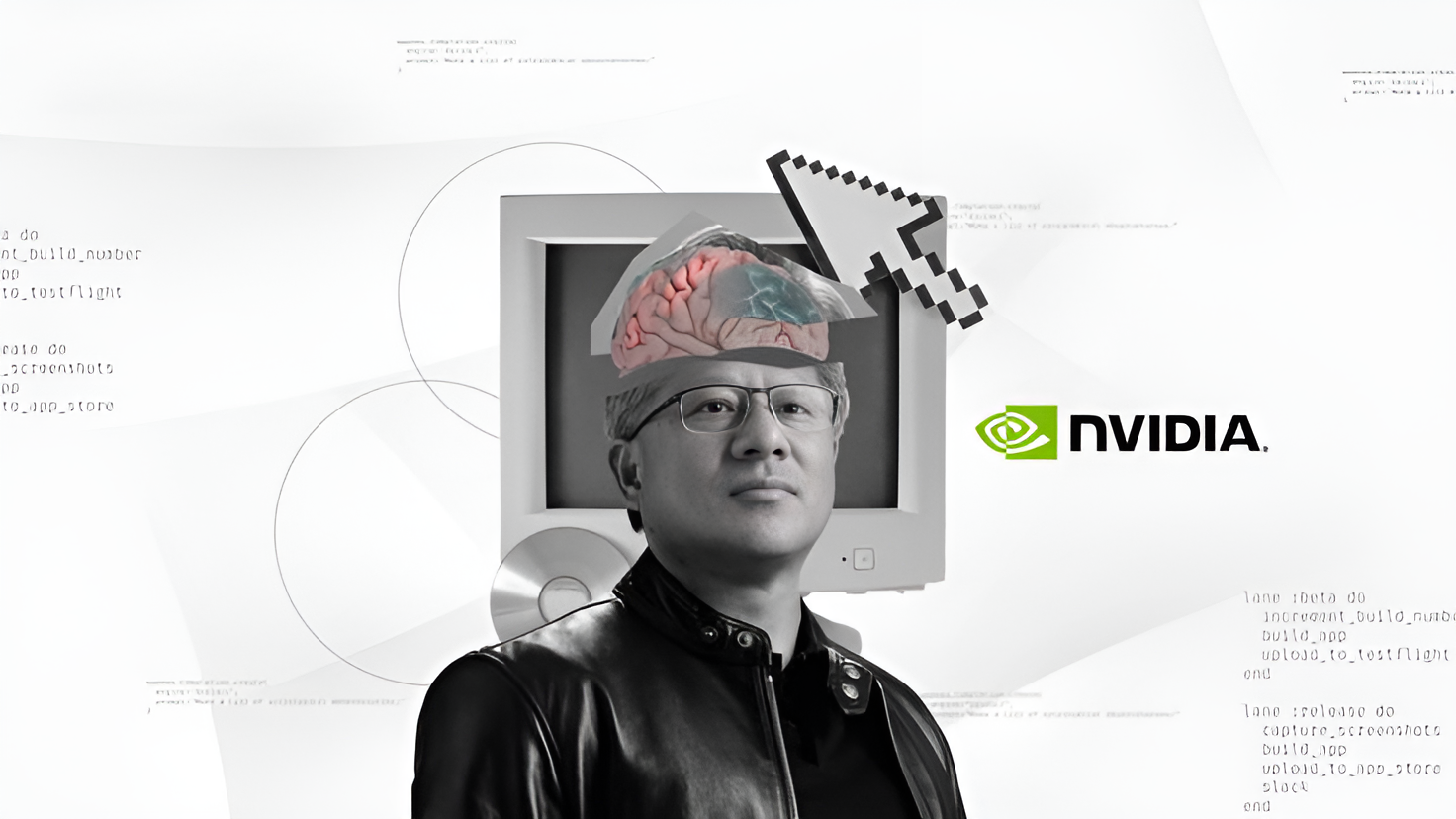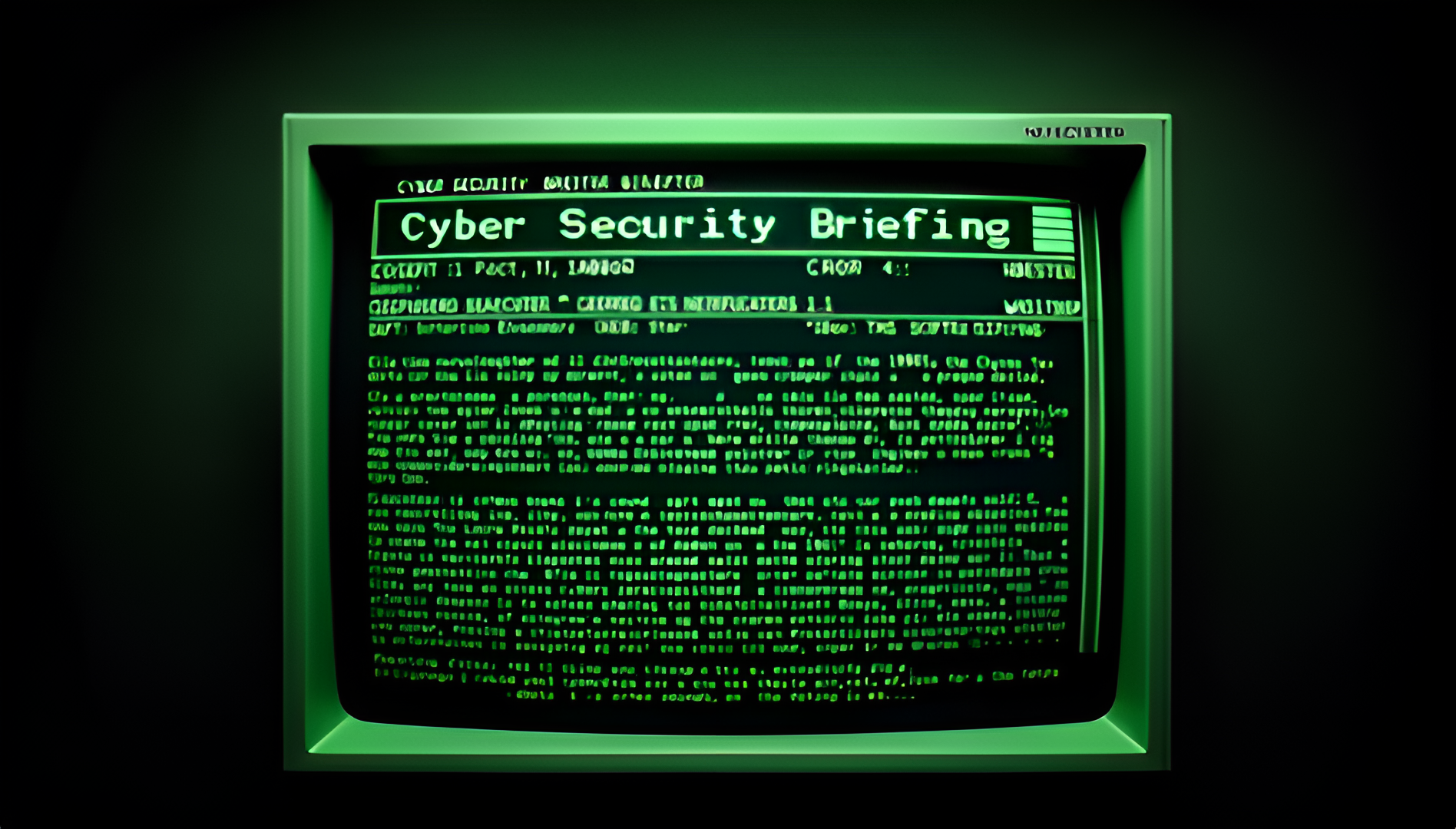Prioritizing Data for Post-Quantum Cryptography (PQC) Analysis Report
5W1H Analysis
Who
The key stakeholders involved include data security experts, cryptography researchers, governmental agencies, and organisations invested in information security like HashiCorp. Further stakeholders extend to technology companies and sectors reliant on long-term data confidentiality.
What
The event focuses on the prioritisation and protection of sensitive data against potential quantum computing threats through a smart and scalable cryptography strategy. This involves transitioning current cryptographic protocols to Post-Quantum Cryptography (PQC).
When
The emphasis on preparing for quantum threats aligns with a current trend, following years of discussions on quantum computing's future impact. The publication date is 11 June 2025.
Where
This initiative primarily impacts markets and sectors within technologically advanced regions, including North America, Europe, and parts of Asia, where quantum computing research and cybersecurity industries are highly developed.
Why
The motivation lies in the anticipated rise of quantum computers, which could potentially break several conventional cryptographic algorithms currently securing sensitive information. This proactive step aims to safeguard data integrity and confidentiality ahead of such technological advancements.
How
Strategies involve leveraging robust cryptography schemes that are resistant to quantum attacks, exploring theoretical advancements, and applying scalable methods for transitioning existing systems to quantum-resistant protocols.
News Summary
Prioritising data for post-quantum cryptography (PQC) is crucial as quantum computing capabilities advance. Organisations like HashiCorp are leading initiatives to protect sensitive data against potential future quantum threats by implementing smart and scalable cryptographic strategies. This movement is essential to maintain data security across advanced technological regions wary of quantum computing's ability to compromise current cryptographic systems.
6-Month Context Analysis
In recent months, there has been an increase in global discussion and policy initiatives addressing quantum security. Key developments include international workshops and government-backed research groups exploring PQC. The field has witnessed heightened collaboration between tech giants and academic institutions aiming to develop viable PQC solutions before quantum computing matures.
Future Trend Analysis
Emerging Trends
An emerging trend is the push towards creating hybrid cryptographic systems that combine quantum-resistant schemes with existing standards to ensure both immediate and long-term security.
12-Month Outlook
We anticipate accelerated development and standardisation of PQC algorithms with increased governmental regulations and guidelines. Companies may also initiate widespread testing and partial implementations of PQC within internal systems to prepare for larger-scale adaptations.
Key Indicators to Monitor
- Advances in quantum computing power and capabilities - Adoption rate of PQC by major technology companies - Regulatory changes regarding cybersecurity protocols - Development milestones in PQC theoretical and applied research
Scenario Analysis
Best Case Scenario
PQC developments are successfully integrated into existing systems, preventing future quantum attacks without causing significant disruptions. Stakeholders establish methods for seamless transitions, ensuring robust data security.
Most Likely Scenario
A gradual adoption of PQC protocols by leading tech companies and governments as quantum computing capabilities grow. Initial integration challenges will persist but will eventually lead to strengthened data protection.
Worst Case Scenario
Quantum computing breakthroughs occur before widespread PQC adoption, leading to potential data privacy breaches and security vulnerabilities in sensitive systems unprepared for such advancements.
Strategic Implications
Organisations should prioritise investing in cryptographic research and resources dedicated to PQC transition strategies. Partnerships with cybersecurity firms and participation in global discussions on standards for PQC should be pursued to stay ahead of potential threats. Additionally, regular training on emerging technologies and updates in quantum safety protocols will be crucial.
Key Takeaways
- Organisations like HashiCorp are pivotal in leading the charge against future quantum threats, promoting scalable cryptographic strategies (Who/What).
- The initiative is globally impactful, particularly affecting tech-dominant regions like North America and Europe (Where).
- The defence against future quantum threats is driven by the need to preserve data confidentiality against evolving tech landscapes (Why).
- Implementation of PQC involves transitioning to robust and scalable cryptographic systems (How).
- Monitoring developments in quantum computing and cryptography will be crucial for maintaining future data security (What).
Source: Prioritizing data for post-quantum cryptography (PQC)





















Discussion